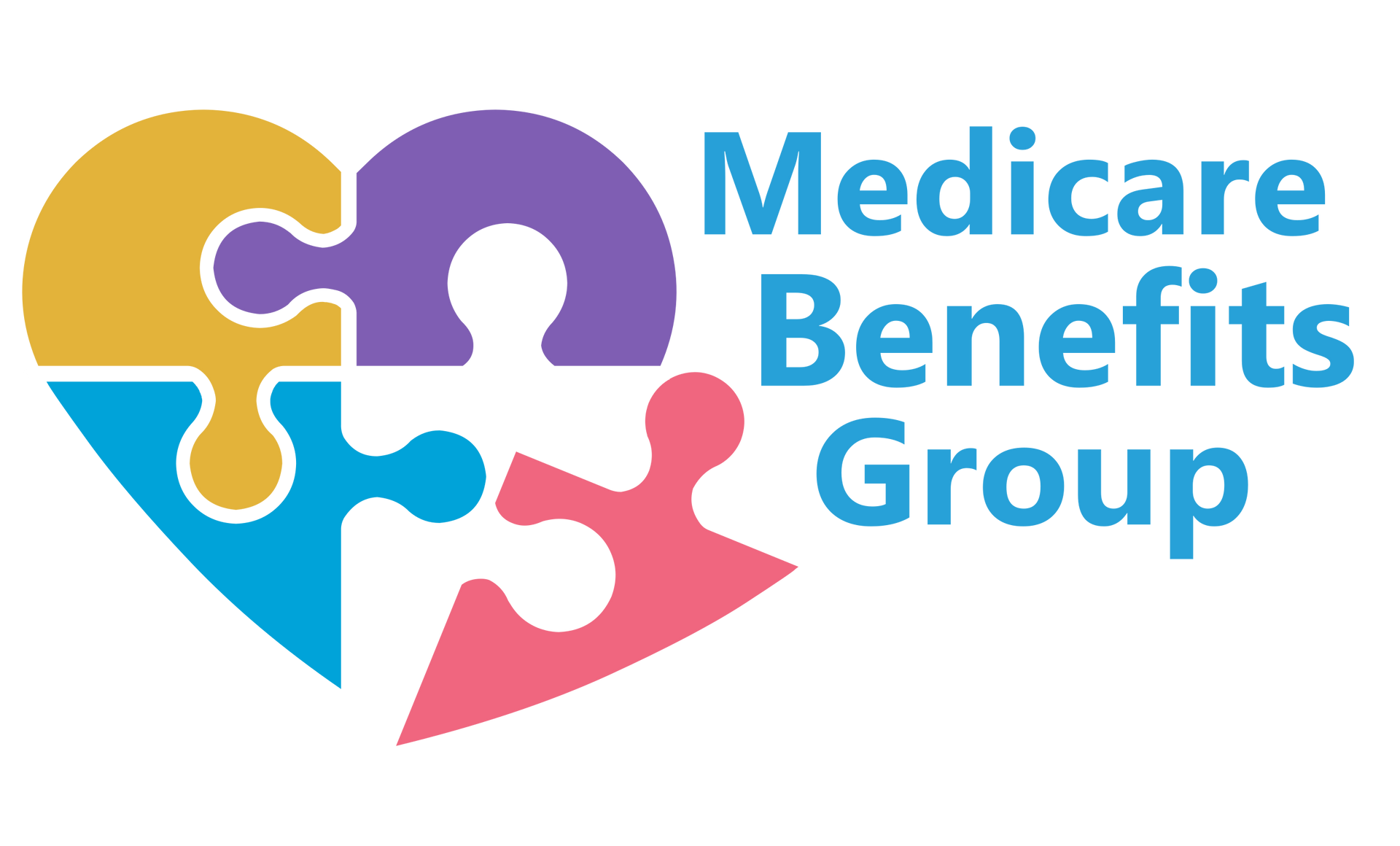Michigan Medigap—Coverage That Fills the Gaps

Medicare Help, Made Local
Medigap Made Clear for Michigan and Beyond
Medicare Supplement—often called Medigap—helps cover deductibles, coinsurance, and copays left by Original Medicare (Parts A & B). Across southeastern Michigan communities like Farmington Hills, Milford, and Novi, many people look to Medigap for predictable costs and the freedom to visit any provider that accepts Medicare. Plans are standardized from A through N (different from Medicare Parts A–D). If you’ve wondered, “Is Plan G better than Plan N in Michigan?” or “How do Medigap plans work with my doctors?”, you’re in the right place—we’ll explain the trade-offs so you can choose confidently.

How We Help You Choose a Medigap Plan
Guidance Built Around Your Doctors, Budget, and Timeline
We walk you through what Medigap covers, what it doesn’t, and how to know if it’s the right fit for you.
- Review plan types and clearly compare Plan G vs Plan N so you understand premiums, copays, and value over time.
- Explain when and how to apply—including your 6-month Medigap Open Enrollment window that starts when Part B begins at 65+.
- Discuss how benefits are standardized while rates vary across carriers; we compare options side by side.
- Help you understand out-of-pocket protections and how Medigap pairs with Part B for predictable costs.
- Coordinate prescription drug coverage separately so you’re matched to the right Part D plan.

Key Features of Medicare Supplement Plans
- You must be enrolled in Original Medicare (Part A and Part B) and continue to pay your Part B premium.
- Pay a monthly premium for broad coverage—top lettered plans often reduce day-to-day bills and surprise costs.
- No provider networks—use Medigap anywhere in the U.S. that accepts Medicare.
- Does not include Part D—we help you pair a standalone drug plan so prescriptions are covered appropriately.
- Extras like routine dental or vision are not included; ask about separate plans if you want those benefits.
- Outside your initial open enrollment, health questions/underwriting may apply if you switch plans.
- You can change from one supplement to another any month if you qualify medically.
- Premiums can rise over time; we can review carriers periodically to look for savings.
frequently asked questions
Answers to Common Questions About Medigap in Michigan
When is my Medigap open enrollment?
Your six-month window starts when Part B begins at 65+, which typically allows you to enroll without health questions.
Can I switch Medigap later?
Possibly—outside your initial window, underwriting may apply and approval isn’t guaranteed.
Does Medigap include drugs?
No—you’ll pair Medigap with a Part D plan for prescription coverage.
Plan G vs Plan N—what’s the difference?
Both cover core benefits; Plan N often trades small copays for a lower premium, while Plan G minimizes out-of-pocket bills.
Will my premium rise?
Rates can increase annually; we compare carriers to see if a better fit is available.
Find a Medigap Fit That Matches Your Life
Plan G vs Plan N, Enrollment Timing, and What Comes Next
If you prefer predictable costs and nationwide access to Medicare providers, Medigap can be a strong match. We’ll confirm how Plan G vs Plan N compares for your needs, review timing (including your six-month window tied to Part B), and outline next steps.


